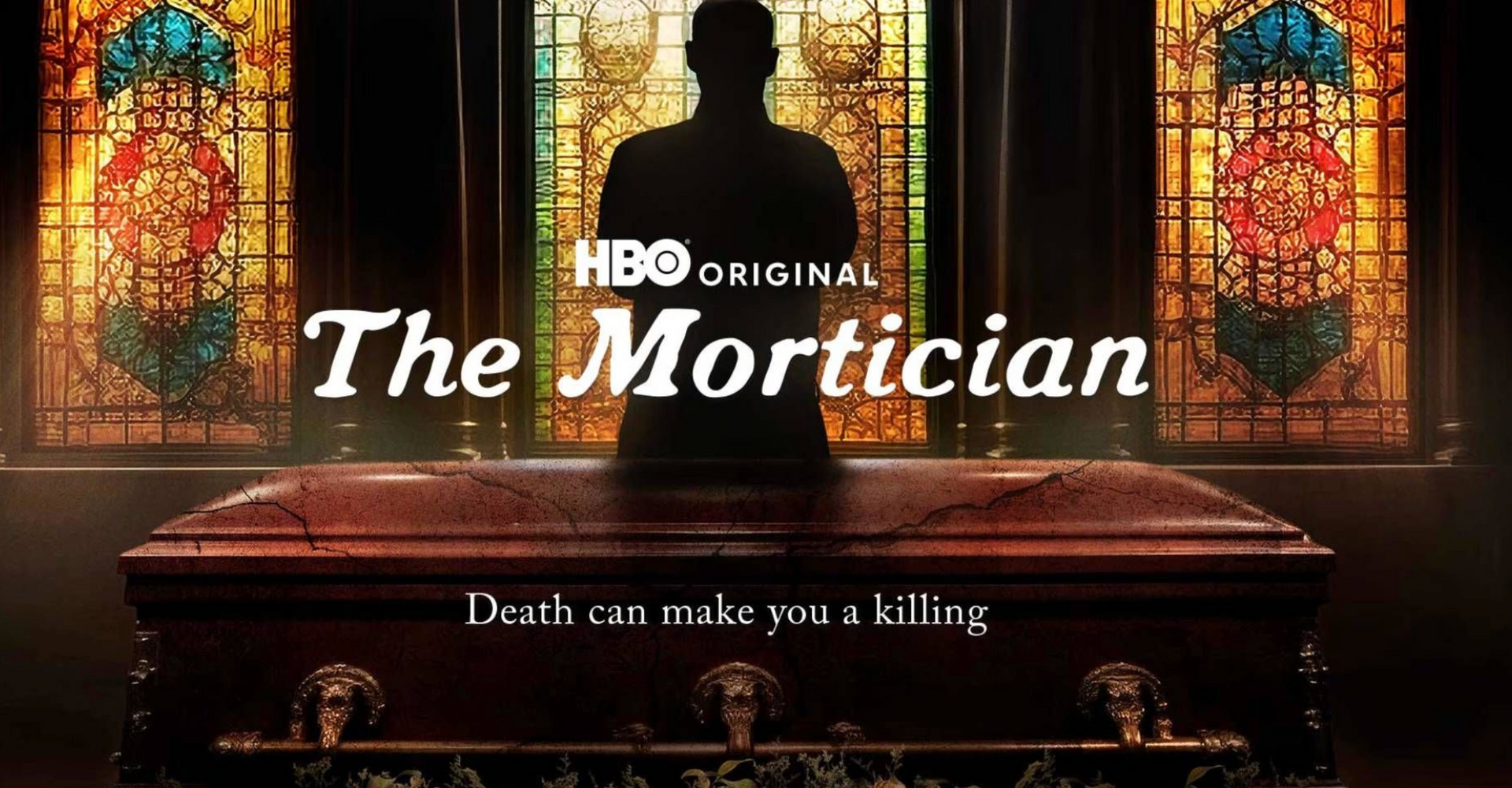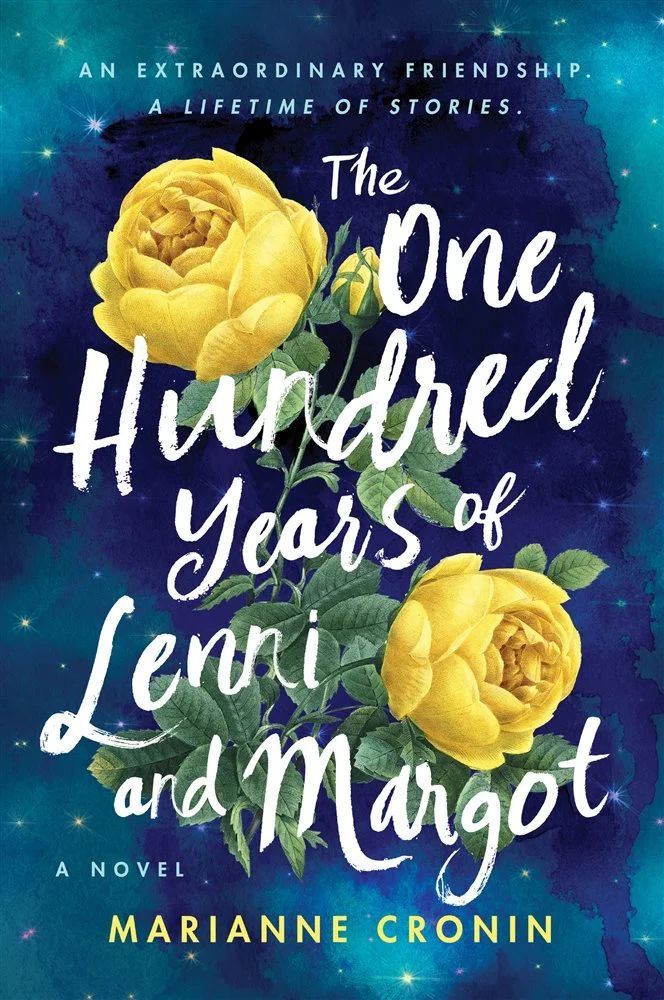There is no right way to grieve
Understanding different grieving styles

Have you ever noticed how people are so different in the ways they respond to loss after a death? First, there is no right way to grieve, we cannot say this enough, we will keep saying it until every person on earth is able to say it and live it. In 2006 two grief researchers, Ken Doka and Terry Martin put their focus on grieving styles. Up until that time there were some assumptions around grief and gender, the thinking before 2006 had been men grieve this way and women grieve another way. Doka and Martin rejected these claims.
Since then, the world of grief research has widely accepted their work. Grieving styles like many other ideas and experiences in life exist on a spectrum or a continuum. Imagine a line and on one side of the line there is one way of doing things and on the other side is the opposite way of doing things and in between the two are diverse ways of combining parts of that spectrum. We will show an image at the bottom of this article to help you visualize it a bit better.
Instrumental grieving and intuitive grieving
When we are talking about grieving styles one side of that spectrum is instrumental grieving and the other side is intuitive grieving. Think of instrumental as head grieving and intuitive as heart grieving. Before Doka and Martin did their research and produced their theory of grieving styles the way most people thought about grief (if they did at all) was women cry and men think or do something about grief.
Shorthand for these type grieving styles: intuitive is heart grieving and instrumental is more head grieving. Instrumental grieving is defined by the expression and experience of grief as physical or more thinking based, whereas intuitive grieving is often experienced and expressed by feelings. Instrumental grieving is often action-oriented, an example might be if there was a car accident which ended in a death, and a fence was damaged because of the crash, an instrumental griever might mend the fence as a way of dealing with the grief. Intuitive grieving is more focused on feeling and expressing the inward emotional experience of loss, joining a support group to listen and express one’s truth about the loss would be good fit for heart grievers. Men, women, and non-binary people can experience either type of grieving style. The truth is most people fall somewhere in the middle which is known as blended grieving.
There is no wrong way to grieve
There is one more type of grieving which is called dissonant grieving. A dissonant grieving style might happen when a person who grieves feels conflicted about head versus heart approaches to grief. If they receive feedback from friends, family, work, or society that they are not grieving correctly, a griever might feel torn or judged for the way they grieve. In our society there are all types of assumptions around grief and loss, and they do not help to serve people who grieve because please remember, THERE IS NO WRONG WAY TO GRIEVE! If a man needs to sob, heave, and wail over the loss of his child, please do not judge. If a woman needs to organize the estate and swap over the cable bill to her name and does it without tears after the death of her spouse, please do not judge. If a non-binary person does not cry after the death of a sibling, please do not judge. These are just a few examples of ways grief can surface and there are many more. The takeaway here is please do not judge, try to remain loving and accepting even if the person before you is not grieving like you would.
Years ago, before I knew about any of this grief research, my father was dying in the ICU in his early sixties. I was in my late twenties and VERY pregnant with my first and only biological child. I was there with a small group of my father’s family. My father was on life support because his wife was not ready to say goodbye. My father’s brain had sustained severe damage, and I knew my father did not want to be on life support. As I stood there trying to call on my braver angel to say this life support was against his wishes, one tear trickled down my face. My father’s brother saw the tear and yelled in my face, “there is no crying here!” I was shocked by his response to a quiet innocent and appropriate tear on the day my father was to die. This is an example of what could have been dissonant grieving style if I had let my uncle dictate my grieving.
On the other side of my life experience was after the death of my own husband in his late forties. My son and I had quite different grieving styles, I exhibited blended grieving with a slight leaning towards the heart/intuitive grieving. My son only cried a handful of times through his father’s dying and death. I was worried my son was not grieving right (didn’t we just learn there is no right way to grieve!?). My son had lots of stomachaches, headaches, and anxiety; it is likely he was an instrumental griever because his response was more based in his physical body. I offered him all kinds of support and eventually needed to let him find his own way through the terrain of grief.
It was hard and it was better for us not to fight about the right way to grieve (because there is NOT one, right?). Grief has universality to it since we all will be impacted by loss at some point during our time on this planet. It is important to recognize we are all unique individuals; we have unique ways of grieving and that is ok, and I might argue necessary.
Unless someone wants to harm themselves or someone else, chances are they are grieving exactly as they should for who they are and where they are in the experience of life. If you or anyone you know is struggling with thoughts of harming themselves or others, please contact the National crisis hotline at 988.
Our Memorial Funeral Home family is thinking of you as you adjust to life without your person’s physical presence. We hope this info on grieving styles is helpful for you or someone you care about. If you have any questions feel free to reach out to Kim Shute at kim@memorialfuneralhome.com.













